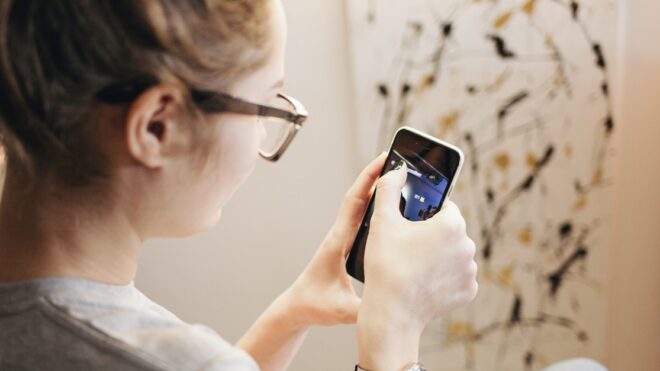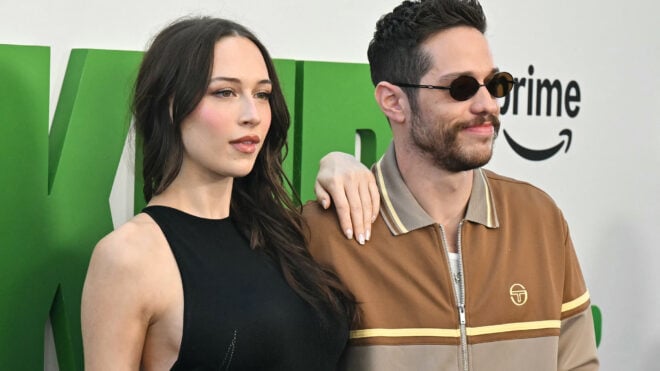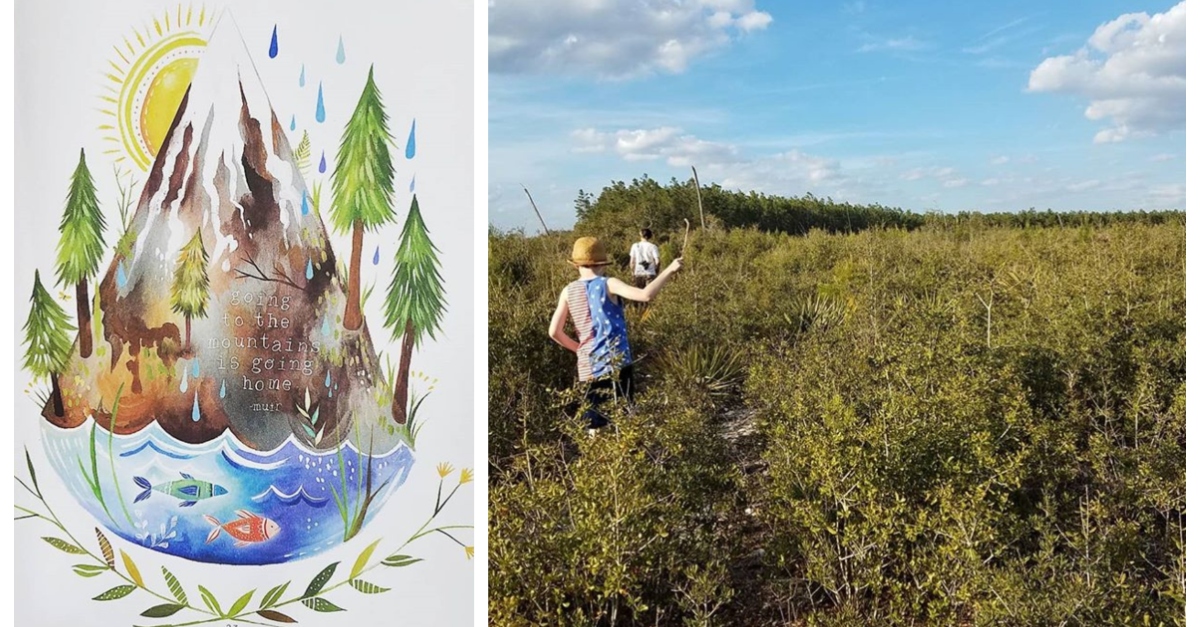
We have been homeschooling our 11-year-old since he was 6, and after the first six months (which is truly a pretty rough transition period for most families who go from school to homeschool), we have really loved it. In fact, these days we tend to fall on the side of unschooling, which means our son's education is largely self-directed. For us, that means having family meetings where we all talk about what we think is important to learn in the coming school year and then finding resources that support that list.
In addition to unschooling, we are also huge fans of wildschooling, which might be a concept that is totally foreign to many. In my dream world, we would actually be full-time wildschoolers, but I think that both myself and my son's dad have a little too much anxiety about what he does or doesn't learn to give in to those impulses full-time.
Most simply put, wildschooling has been described as "a progressive parenting philosophy which encourages the creativity, curiosity, and joy that children naturally express" by Nicolette Sowder, a self-described storyteller who runs the popular site and Instagram account Wilderchild.
What does wildschooling really look like?
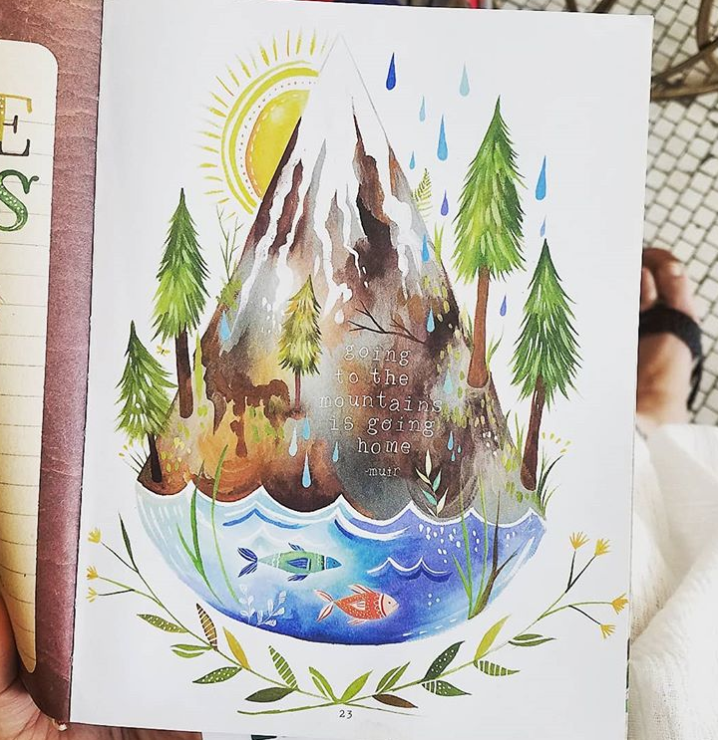
You probably know exactly what I'm about to say, but I'll say it anyway: Wildschooling looks different for every family who engages in it. But in general, there's a common thread: Kids are encouraged to play outside, in various environmental conditions and locations, and to be fully immersed in the outside world while doing so.
Wildschooling also extends to the lessons children study as part of their homeschooling experience. Nicolette has an incredible program called the Kids Moon Club that we were part of for one year. Each month, she delivers a packet about that month's moon. The packets include a story (that can be personalized to make your children characters in it), information about the moon cycle, and a craft.
Our son also participates in an outside forest school, and next year we plan to introduce the Global Village curriculum as he begins sixth grade. With its emphasis on environmental studies and stewardship, it feels like a natural extension of what he's already been learning.
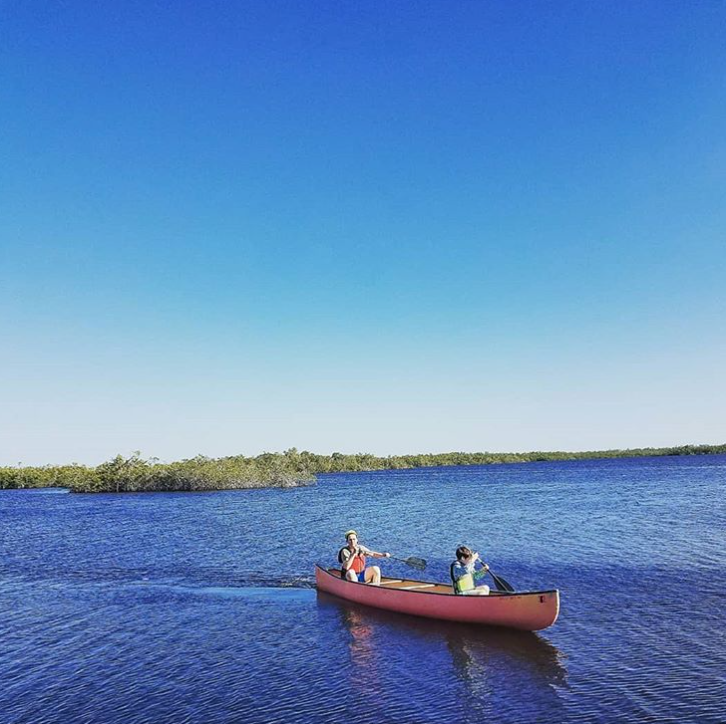
We are also typically avid travelers, and we love to fully immerse ourselves in outdoor experiences while traveling. For his 10th birthday, we canoed through the Everglades and spent the night on a wooden chickee, totally surrounded by water. It was scary, but it was incredible.
We're also fans of primitive camping, where you take minimal supplies and don't sleep at constructed campgrounds. Last year, we camped in a national forest in Florida, totally surrounded by trees, nature, and literally no one else.
But that's just what wildschooling is for us. Like I said, your own version could vary.
How can wildschooling change the way we vacation?
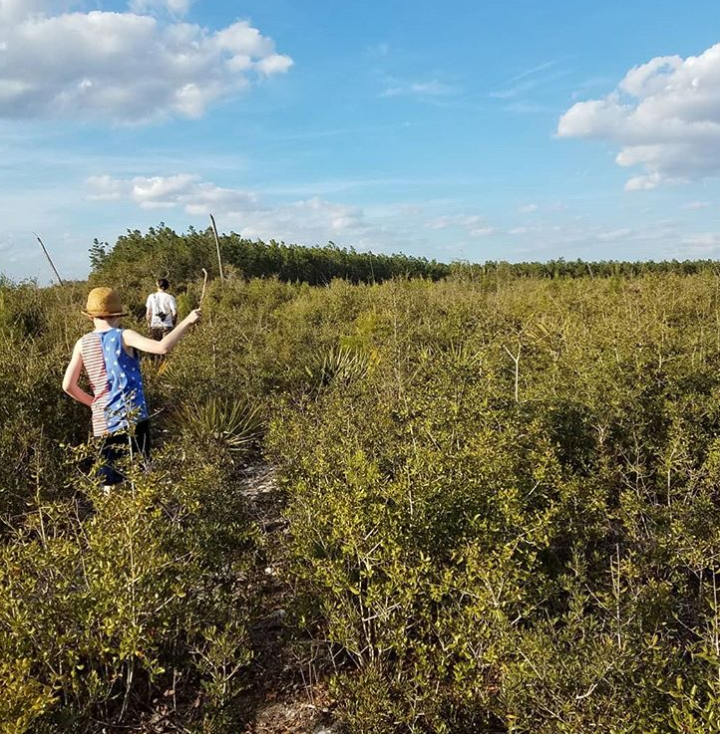
Right now, when a lot of us are changing our vacation plans and trying to figure out how to get out of town without being too close to too many people, the philosophies behind wildschooling can really have a moment. For starters, when you start tweaking how you think about the world around you, there are a lot of ways to get out and explore it with your family.
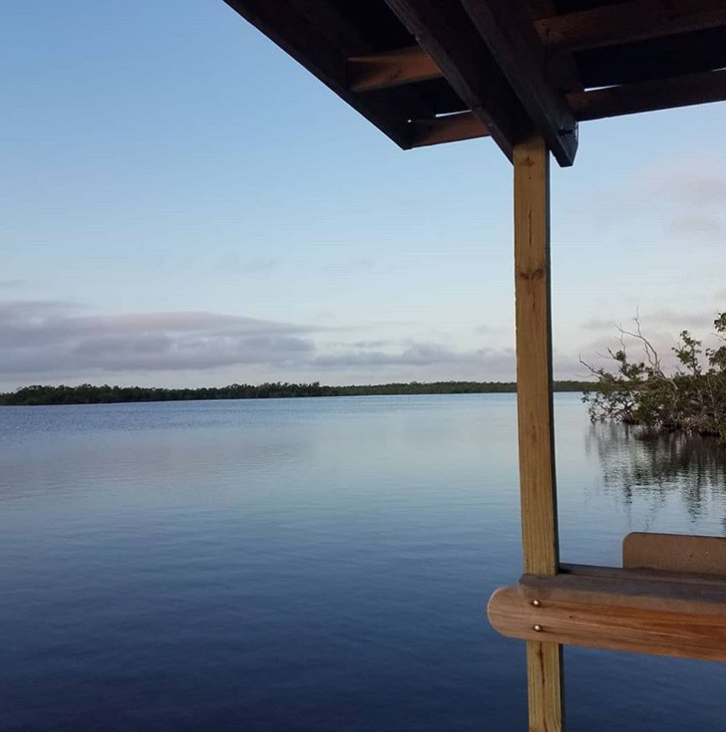
A lot of us are surrounded by incredible natural resources, all within an hour or so of where we live, and we don't even realize it. While you might not be able to get on a plane and go visit Paris this year (trust me, I'm sad about that, too), you can get a canoe or kayak for the cost of one plane ticket (or less) and explore a river close to you. If you feel up to a day trip, you can even go further than that.
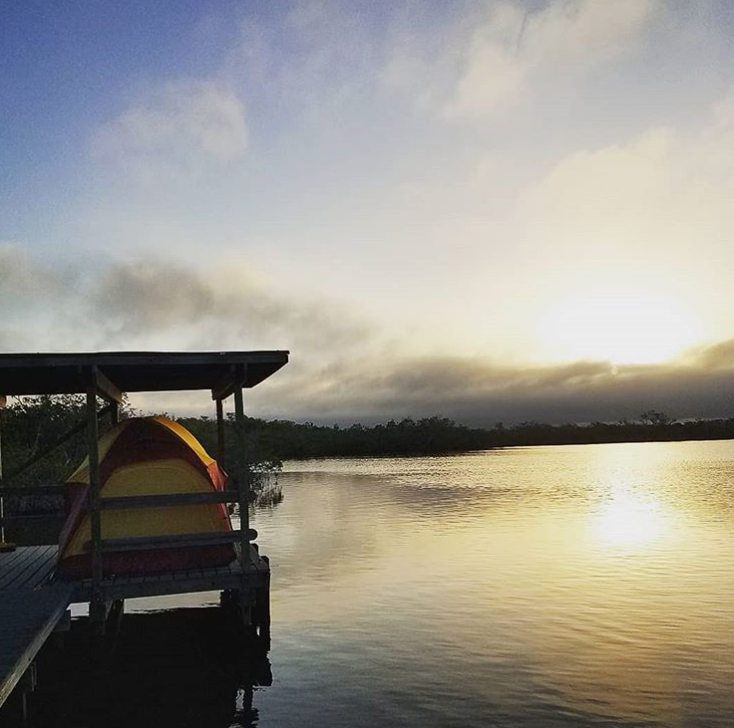
And while camping at campgrounds is probably out for the time being, a lot of state parks, national parks, and national forests allow primitive camping and are opening back up. While it takes a little getting used to (especially if you like to shower every day, like me), there's something so intoxicating about sleeping and living somewhere that is just so quiet.
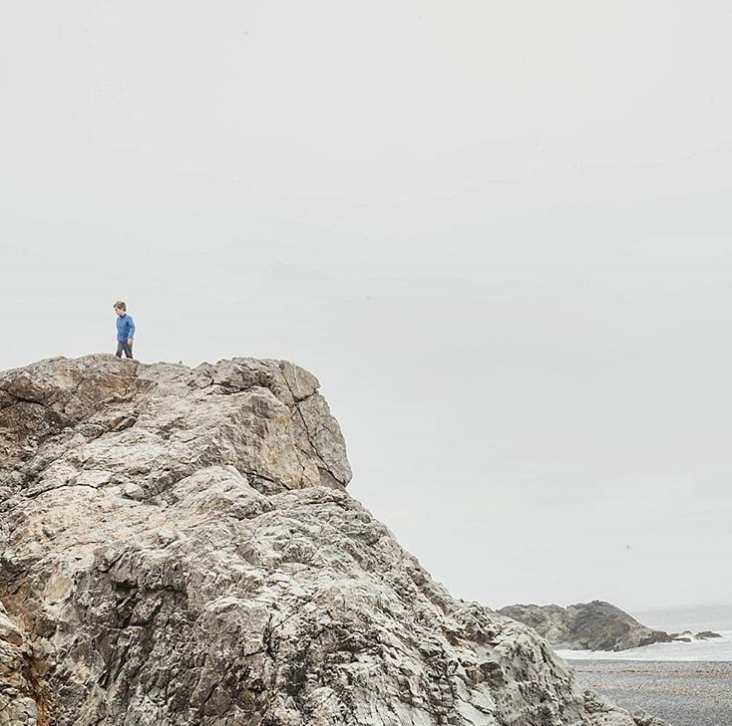
It's also an incredible gift to expose your children to the natural world and let them engage in it the way they want to (even when it freaks you out). I love going to Disney and Universal as much as the next person, but some of my favorite family trips have been the ones to a random beach, where we didn't know what to expect or how long we would stay there. If you ask me, open-ended exploration is good for kids and for adults.
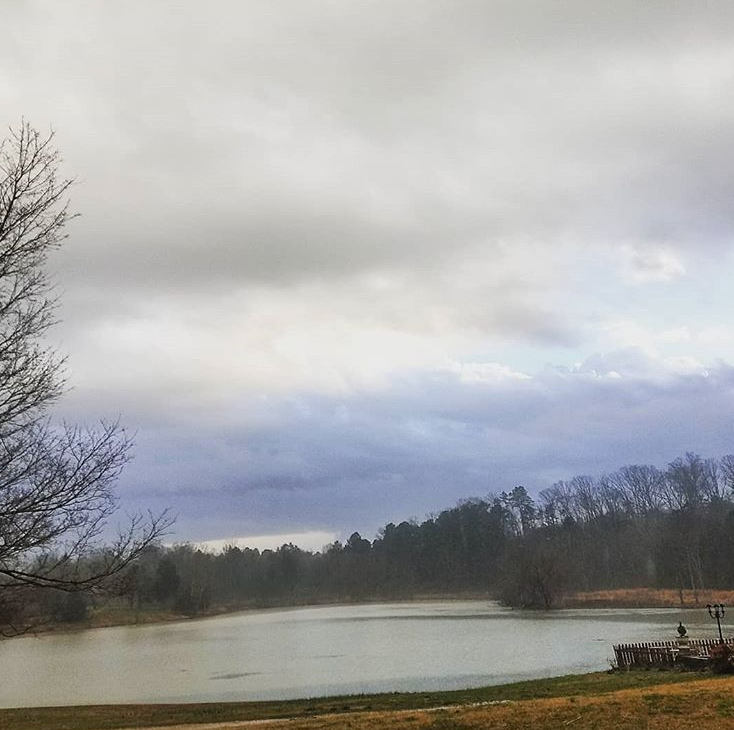
So before you get too worried that your kid's summer might look a little different from what you're all used to, keep in mind that sometimes it's good to shift your perspective. Maybe a friend of yours owns some land with a small lake or a river that runs by. See if you could spend a few days out there, stomping around in the mud and trying to catch frogs. Even older kids will probably have a blast.
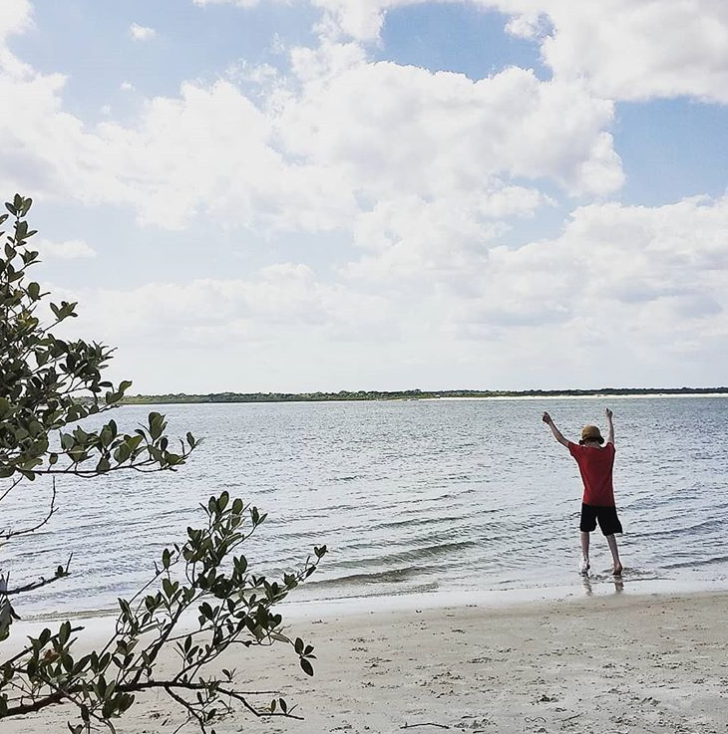
More than anything, wildschooling is about tapping into that feeling that exists in most of us — the one that makes you want to stretch out your fingers and graze tall grass as you walk by, or to stick your hand out the window while you're driving. Wildschooling is about nurturing a connection to the planet we live on, and to one another.


